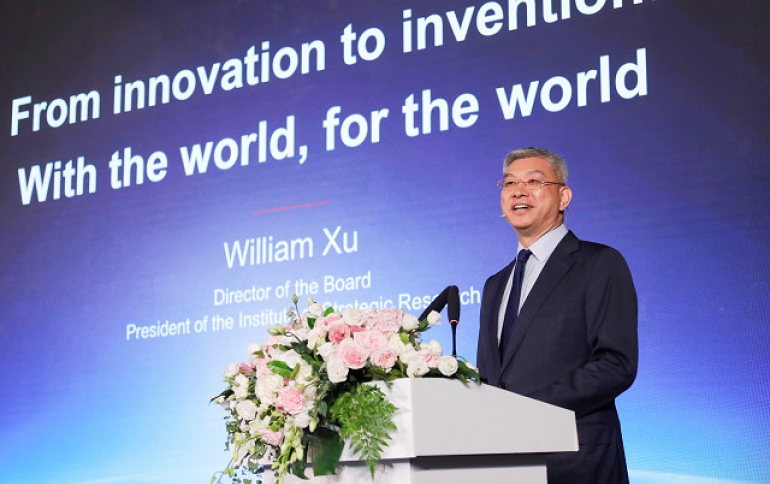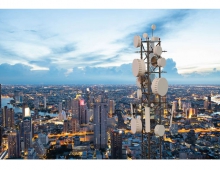
Huawei Keeps Spending on University Funding
Huawei Technologies Co Ltdplans to spend more than $300 million a year in research funding for universities, a senior company executive said on Tuesday, despite the U.S. trade ban and has affeceted academia tie-ups.
William Xu, president of the telecommunications equipment maker’s institute of strategic research, made the comments at a company event in the southwestern Chinese city of Chengdu.
The Chinese company has been fighting a trade ban from Washington that has hurt its business since May and could cut off its access to essential U.S. suppliers.
However, many U.S. universities have been receiving significant funds from Huawei for many years now, in a win-to-win situation: Huawei has been gaining access to cutting-edge technology, and the academic intitutions were able to continue their research projects.
The Tramp administration has been trying to change that, with some success.
The Massachusetts Institute of Technology in the United States cut ties with Huawei earlier this year after U.S. authorities started investigating the firm for alleged sanctions violations while Britain’s Oxford University stopped accepting funding from Huawei last year.
Xu said it was only a few institutions which had suspended their ties with the firm and that Huawei would allocate funding to institutions where the company was still welcomed.
5G in Asia
Xu delivered a speech at the 5th Huawei Asia-Pacific Innovation Day was held in Chengdu, China. This year's Innovation Day is themed "Innovation Enables Asia-Pacific Digitization". More than 200 representatives from government, industry and academia of Asia-Pacific countries and regions got together to discuss 5G technologies and applications, sustainable development, as well as technology, humanity, and nature.
"5G is arriving at the right time. More specifically, 5G can provide wide coverage, large bandwidth, and low latency on the basis of traditional connections. It can also provide slicing for different applications. This new feature makes it adaptable to a variety of complex industrial applications. With the advancement of 5G, there will be many 5G-enabled applications that will change the world. At the same time, 5G, AI, IoT and cloud are improving everyday life and nature, making the world a better place."
Xu said the firm shipped more than 200,000 fifth-generation (5G) network telecommunication base stations to markets around the world, up from 150,000 disclosed in July.
South Korea is the world's first country that has realized large-scale commercial use of 5G. Since the rollout of 5G in early April, the number of 5G subscribers in this country exceeded 2 million. South Korea has become the global benchmark for the commercial use of 5G. China has also built a large-scale 5G network for pilot commercial use. The three major carriers have deployed 5G networks in cities including Beijing, Shanghai, Guangzhou, Shenzhen, and Chengdu. The tested downlink rate is as high as 1 Gbps, which means it takes only seconds to download an HD movie in 1080P.
Around the world, 35 carriers in 20 countries have launched 5G and 33 other countries have distributed 5G spectrum.
At the event, China Mobile Sichuan and Huawei launched a 5G stereo-coverage network, which consists of a basic coverage layer, a capacity experience layer and indoor coverage for high-value scenarios to achieve seamless coverage of 5G. In addition, Huawei has partnered with carriers and other industry partners to demonstrate various industry applications, including 5G+VR, 5G+8K video, 5G+drones, 5G telemedicine and 5G ambulances.
During the event, guests from government, industry and academia shared typical cases on how "5G+AI"can empower numerous industries.
StorySign is an AI-enabled application that uses image recognition and optical character recognition technologies to translate children's books into sign language, helping deaf and mute children learn how to read.
In Costa Rica, a company called Rainforest Connection has deployed solar-powered monitoring equipment in 2,500 km2 of rainforest. With the massive data storage and intelligent analysis capabilities of Huawei Cloud, the monitoring equipment can process complex audio data in the rainforest in real-time, and identify the noises of chainsaws and trucks in an accurate and timely manner, so as to prevent illegal logging.





















